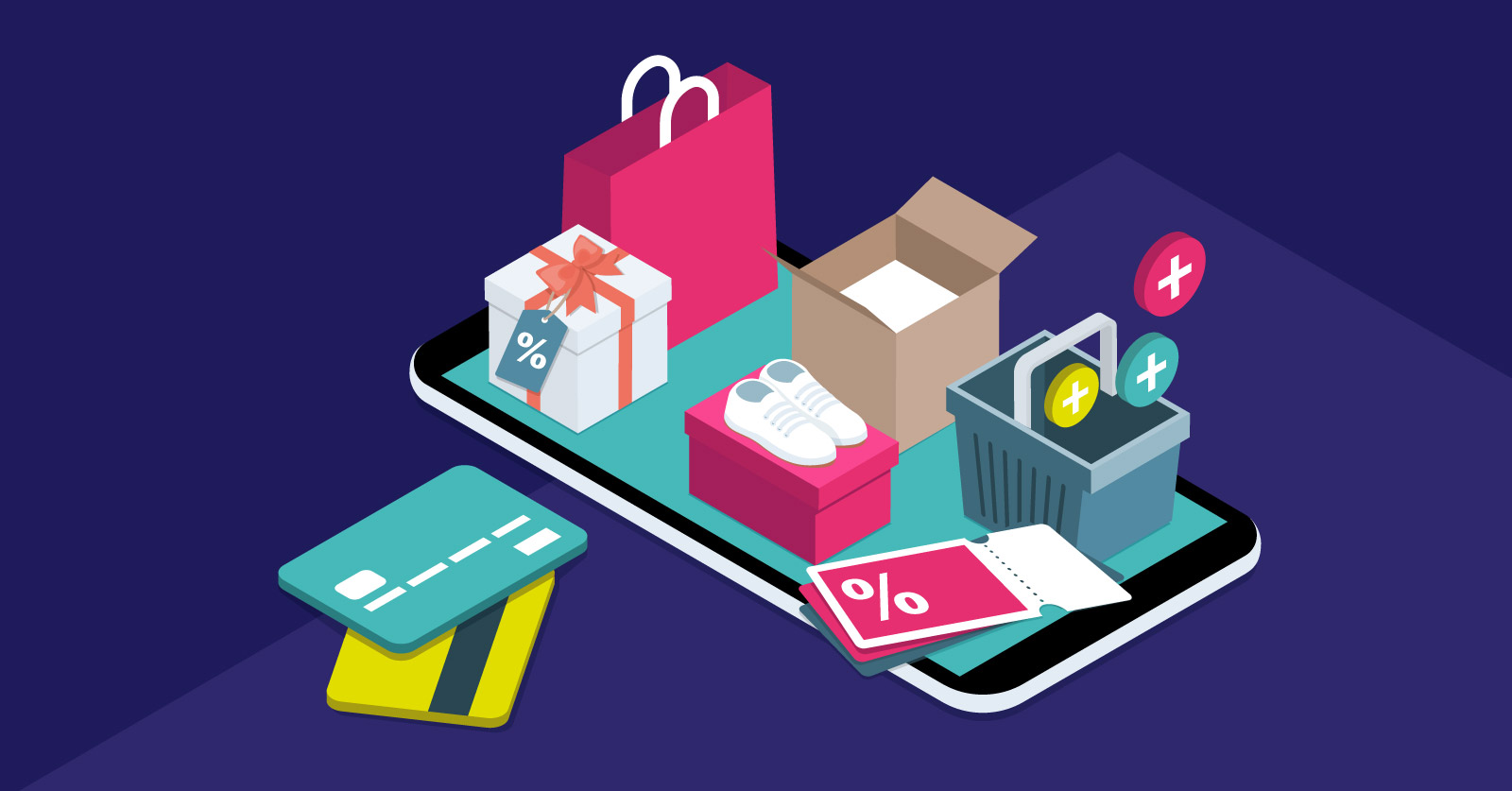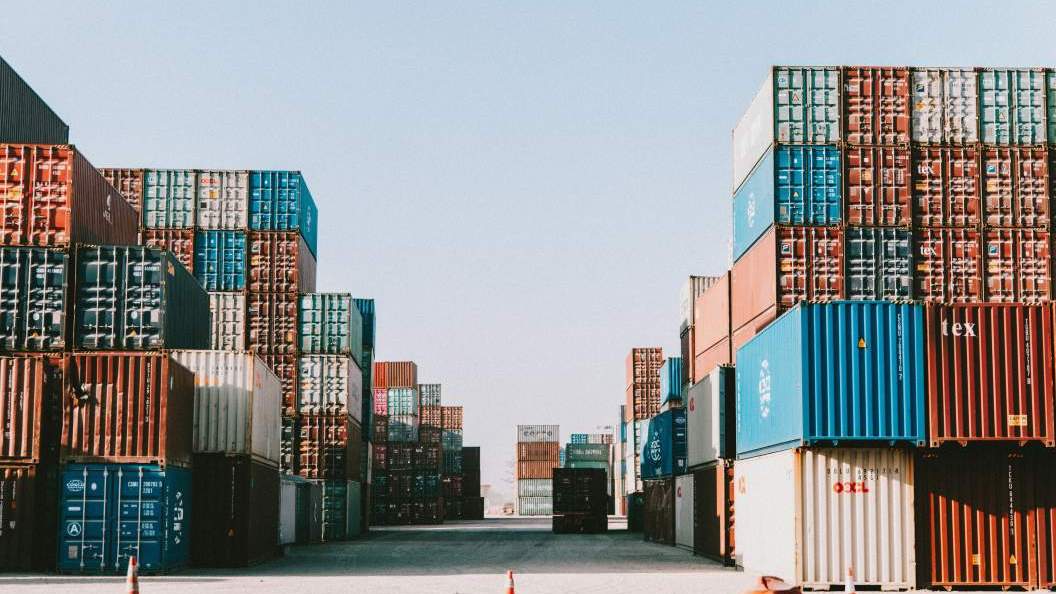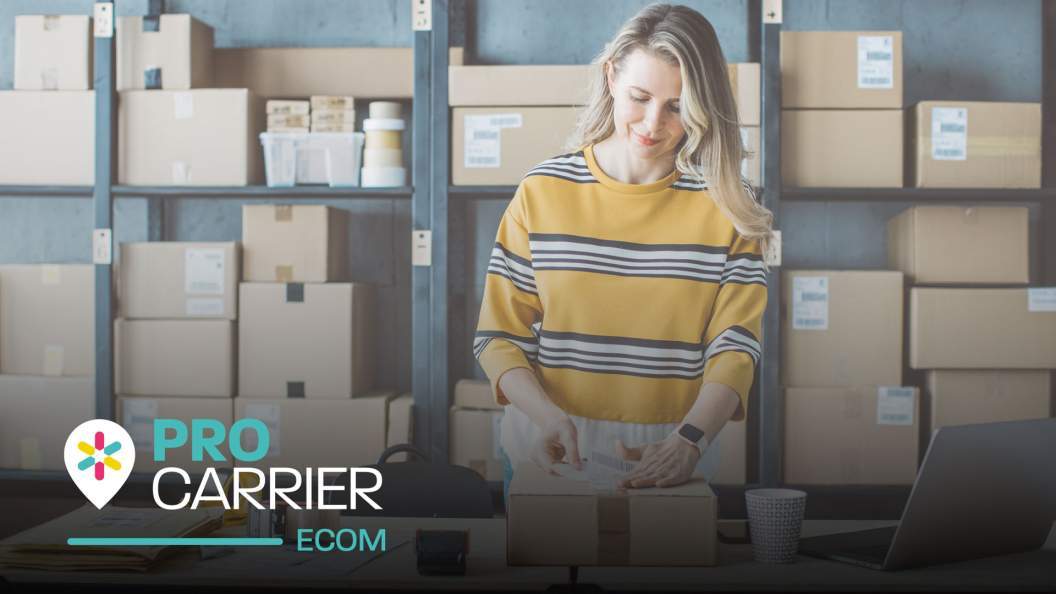Things move fast in the world of fashion, and even faster in eCommerce. Staying ahead of the curve is essential for brands looking to capitalise on the latest trends and send sales soaring in 2022.
To that end, we’ve scoured the latest reports to lift the lid on the industry. Here’s what the future holds for fashion eCommerce.
Fashion eCommerce Set to Grow Again
The pandemic has been less than kind to the fashion industry. It recorded a 20% fall in revenues, according to a report by McKinsey and Business of Fashion. But the future looks bright for the growth of global fashion. Statista predicts the global apparel market to be worth $2.25 trillion by 2025, up from $1.5 trillion in 2020.
The online market is expected to see similar growth. Fashion eCommerce is predicted to hit $1.349 billion in 2025, up from $983 million in 2022 — a compound annual growth rate of 11.14%.
Which fashion vertical is that growth coming from? Fast fashion is one sector picked to surge. A report by Research and Markets predicts it to reach $163.4 billion by 2025 and $211.9 billion by 2030. That’s an annual growth rate of 5.3% over five years.
So, too, is global athleisure. A report by the same company predicted the market to grow at a CAGR of 6.7%, from $155.2 billion in 2018 to $257.1 billion in 2026.
Cross-Border Commerce Key for Growth
Cross-border retail has soared thanks to the pandemic. Over three-quarters (76%) of apparel shoppers in the top eight global markers made cross-border purchases in six months during the pandemic.
The countries consumers buy from have also changed, says Flow Commerce CEO Rob Keve. Retailers need to diversify their markets as a result to minimise risk. “If the US is in high lockdown, and other countries are in a different situation, a diversified retailer can capture that overseas revenue.”
China is seeing the most growth in eCommerce. Customers spent $284 billion online in China in 2020. That’s over double the amount ($126 billion) spent in the US.
It has also become the biggest eCommerce market. According to Business.com, the top 10 markets are:
- China
- United States
- United Kingdom
- Japan
- Germany
- France
- South Korea
- Canada
- Russia
- Brazil
Cross-border expansion, particularly to the east, will be critical for fashion brands in the year ahead. But problems abound. In particular, logistics and last-mile delivery will be difficult for brands that don’t partner with shipping experts with experience and infrastructure in those markets.
Sustainability Take Centre Stage
Statistics don’t lie; more and more consumers are caring about sustainability. More than one-third of them think about the environmental impact of their purchases and believe industry workers should be paid a fair living wage. Most consumers believe brands should have ethical and sustainability certifications, too.
Research by Accenture finds 60% of consumers are making more environmentally-friendly or sustainable purchases, with 90% of them expected to continue doing so.
The fashion industry is no exception. According to Lyst, there was a 178% increase in demand for vegan leather products in 2021, while searches for plant-dyed products increased by 131% compared to the previous year.
Brands are reacting in multiple ways. Sustainable apparel brand Organic Basics has released a low impact version of their online store, which uses 70% less energy. Prada has signed a £43 million sustainability loan deal with Crédit Agricole Group, which will see the fashion house alter its interest rates if it meets three environmental objectives:
- Prada employees train or work for a certain amount of time
- The company uses an adequate quantity of Re-Nylon
- A certain number of Prada Stores receive LEED certification
Delivery is another way brands can hit sustainability targets and satisfy consumer demand. Research shows 75% of UK buyers intend to shop with retailers offering more sustainable delivery and returns practices.
In-store pickup is one solution brands can offer to consumers. Another is to optimise delivery services to reduce undeliverables. Or use a Pickup, Drop off service where packages are delivered to stores or collection lockers.
Brands Make a Point of Personalisation
Delivering a personalised shopping experience is a must for online fashion retailers in 2022 and beyond. An Epsilon survey found 80% of respondents were more likely to do business with companies offering personalised experiences, and 90% found it appealing.
Most retailers are already reacting. A report by Visualsoft and Klarna found 90% of retailers have already implemented some kind of personalisation strategy, with almost half (44%) recommending products and 36% personalising online product searches.
Some brands are going even further than those are tried and tested personalisation strategies. For instance, second-hand fashion retailer Vinokilo is trialling a hyper-personalised approach where it notifies top customers about items matching their style before listing them on the website.
There are plenty of startups tackling the challenge of personalised fashion advice, too. SizeFinder, a chatbot platform from Viko Ai, offers personalised fit and sizing advice to online shoppers and has been shown to reduce returns by an average of 46%.
Brands shouldn’t just focus on personalising the on-site experience. Every part of the customer journey should be personalised as much as possible — and that includes delivery. Providing a range of delivery options ensures customers can choose the solution that best meets their needs.
When shipping internationally, retailers should also partner with carriers who can offer localised shipping options preferred by residents and ensure delivery updates are sent in the local language.
Omnichannel Becomes Key as the Role of Stores Change
The pandemic may have changed the retail fashion industry for good. Where consumers were previously inclined to shop in-store and try items on in person, they have now become much more comfortable shopping online. Research by foot traffic analytics firm Placer.ai found that in-store foot traffic for apparel brands was still down 10.2% in 2021 compared to 2019 figures.
Going forward, the store will need to serve multiple purposes for retailers as they deliver an omnichannel experience. Offering a buy online, pickup in-store (BOPIS) delivery model is another way to integrate existing retail stores into your online sales channels and improve your omnichannel experience. eCommerce platform Kibo Commerce saw a 563% increase in BOPIS orders at the height of the pandemic.
Offering BOPIS gives brands another opportunity to sell to customers as they collect their orders in-store. It’s an incredibly effective one at that. Research shows 85% of consumers who have shopped using BOPIS have made an unplanned in-store purchase as a result.
All is not lost for in-store retail fashion, however. Previously exclusive digital brands like Andie, Naadam and Buck Mason are opening stores across the U.S. to capitalise on the increase in foot traffic as the pandemic wanes. Melanie Travis, founder and CEO of female swimwear brand Andie, says now’s the best time to add new sales channels. “Our data shows that our customer is ready to shop in-store. Online is great and has worked wonders for us, but a lot of women want to touch, feel and try on a product before they buy.”
Grow with Pro Carrier in 2022
Whether your fashion brand is expanding to new international markets, increasing sustainability or aiming to deliver a better omnichannel experience, Pro Carrier can help. Brands like JD and Get The Label already use our streamlined, localised service to make international shipping easy. Get in touch with our team for more information on how we can help.



